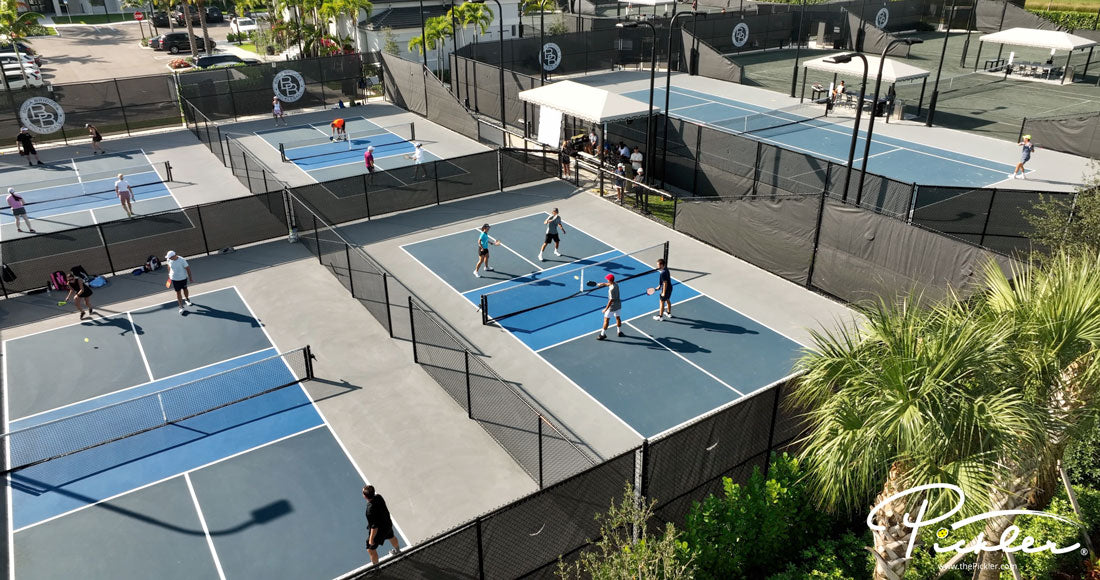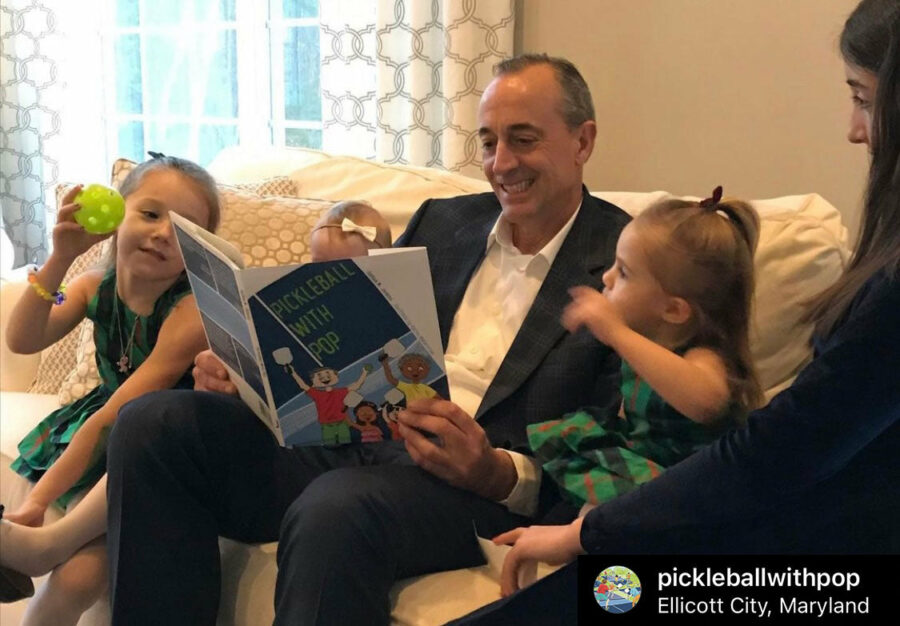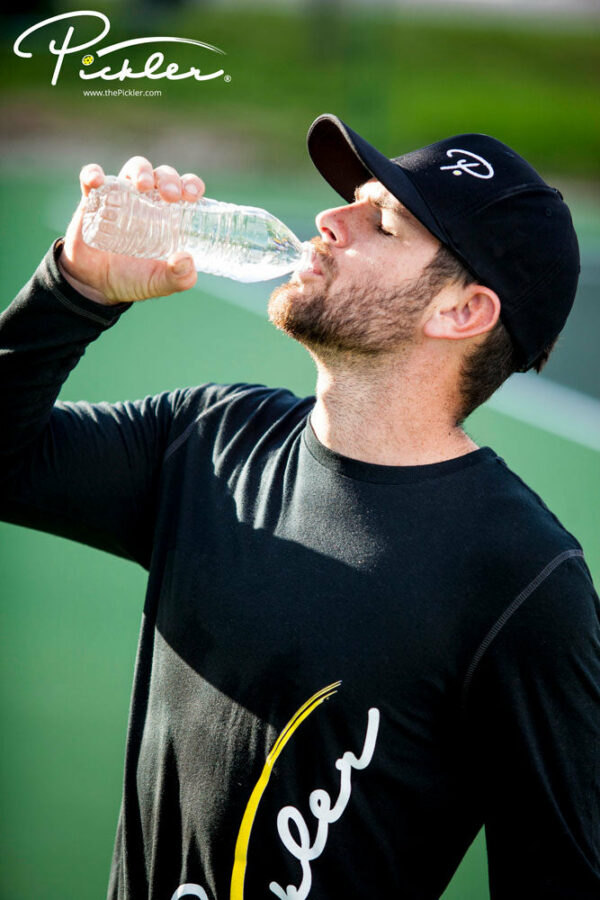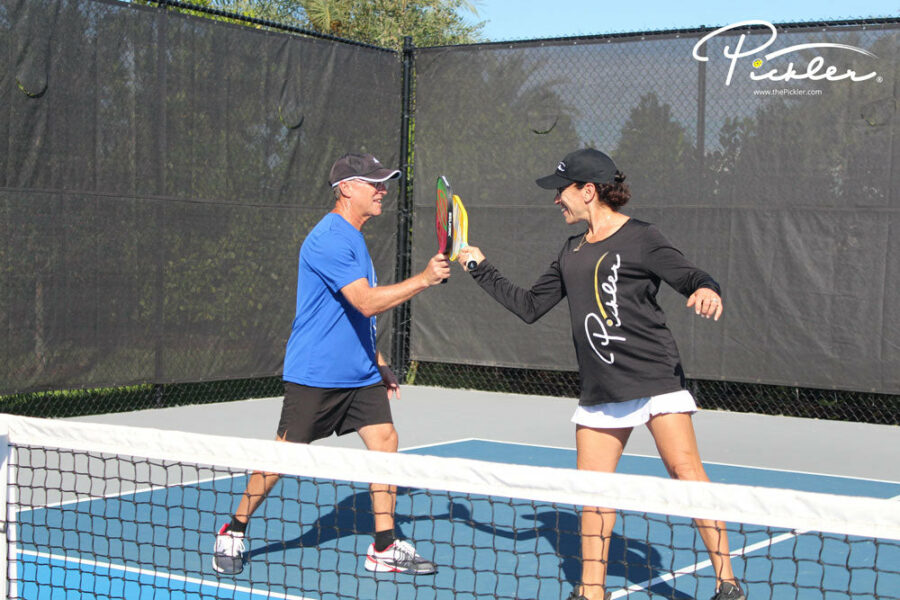In the 2021 calendar year, there were 38,140 pickleball courts in the United States (largely due to both formal USA Pickleball ambassadors and informal pickleball ambassadors who have put a ton of work in advocating for these courts to date), and about 4.8 million pickleball players. This amounts to about 126 pickleball players per pickleball court. With these kinds of numbers sharing one pickleball court, it is no surprise that the demand for more pickleball courts is on the rise. And, there is speculation that there will be as many as 40 million pickleball players by the end of the decade, which is in just 7.5 years. That would mean pickleball may grow by more than 30% year over year through 2030. To keep the same ratio of pickleball players to pickleball courts, by 2030, we would need to gain 279,825 more pickleball courts.
With these growing numbers in mind, the biggest threat to the growth of pickleball is the lack of pickleball courts to meet the demand to play. The sport of pickleball cannot grow if there is nowhere to play. Access to court space is essential.
Pickleball courts are needed to meet the demand to play. The good news is that pickleball can be played just about anywhere—dedicated courts, a gym, or even a driveway with chalk and a temporary net. Plus, a pickleball court takes up relatively less real estate than other sports, like tennis (as four pickleball courts can be created on just one tennis court, which generally amounts to at least sixteen pickleball players enjoying the same space as two tennis players).
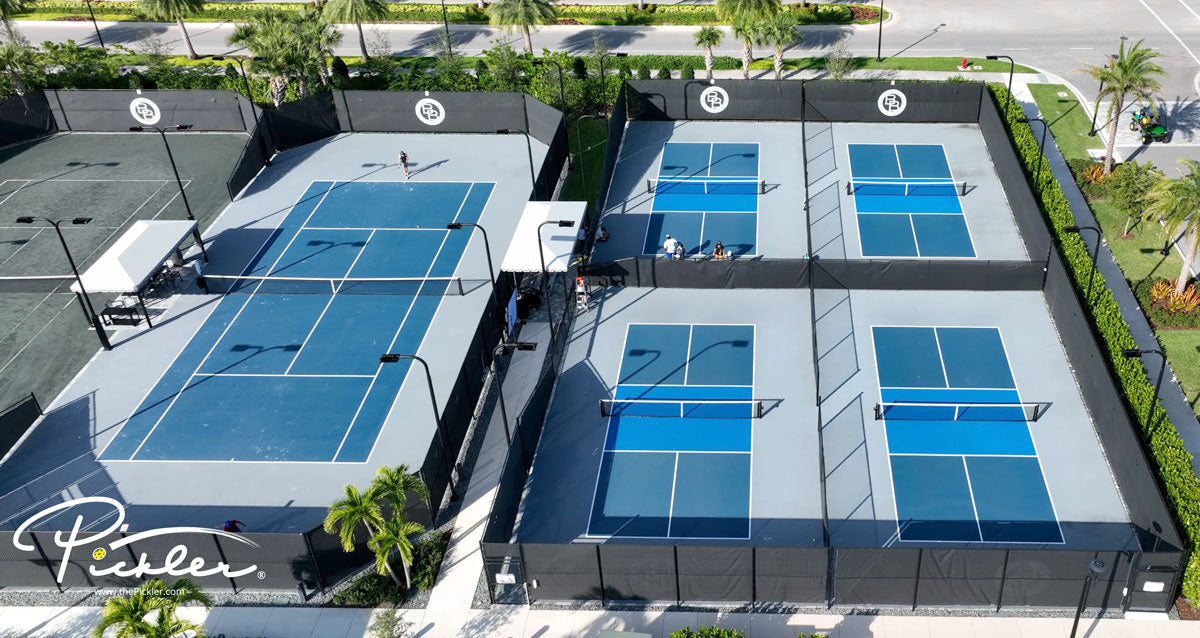
However, dedicated pickleball courts offer a different experience and are certainly the preferred court space. These dedicated courts require dedicated real estate, which is not cheap in today’s environment. Further, despite the need for exponential growth in the number of pickleball courts, there is already pushback against the pickleball community—notably, from those folks that despise the noise of a pickleball hitting a paddle (or even other commotion and laughter that comes from pickleball courts), as well as from the tennis community (since underutilized tennis courts have typically been the target for new pickleball courts). So, even if pickleball finds the dedicated real estate for dedicated pickleball courts, they face resistance to the noise that a pickleball makes and resistance from tennis players.
In response to the lack of pickleball courts, or the noise complaints or complaints from tennis players, the sport of pickleball is seeing creative solutions, which include:
- Acoustic-blocking material to reduce noise
- Limiting play to noise-reducing pickleball paddles and balls
- Limited hours for pickleball play
- Lined tennis courts and/or basketball courts to allow for dual purpose—both tennis and pickleball
- Converting real estate other than tennis courts, such as roller rinks, parking lots, or indoor malls or big box stores that have been vacant
The sport of pickleball is also seeing more investment in courts from the private sector, and not just the public sector. This is in the form of dedicated private venues (like Lifetime Fitness and other gyms, clubs, and tennis centers converting at least a portion of their respective venues to pickleball, as well as Chicken N Pickle and other similar pickleball-dedicated venues), but also in the form of public-private partnerships or private donations to fund public pickleball courts.
Despite this progress, the demand to play pickleball far exceeds the supply of pickleball courts. As a result, the sport of pickleball needs to continue to be creative to tackle the game’s biggest threat, which is lack of pickleball courts.
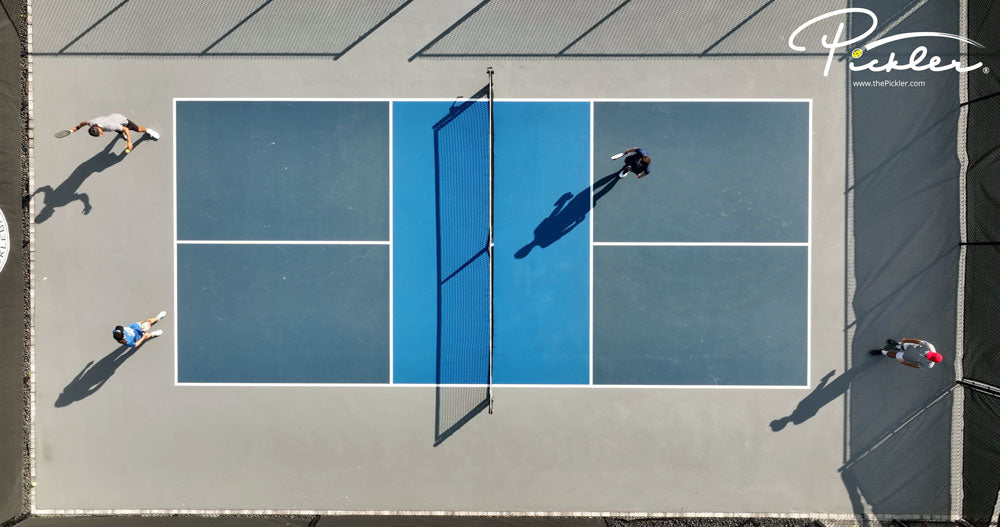
This threat is not one that is tackled overnight. Space or real estate is at a premium these days, and the public sector and the construction industry can move slow. But, with pickleball players passionate about growing the game, and a sport that can serve a community by bringing the people in that community together, we are certain that we will find space for pickleball courts to continue to be the “hottest” or most-demanded amenity out there.
Do you have any thoughts on how we can meet the growing pickleball demand? How can we alleviate the issues with noise and battles with tennis players? Should pickleball try to be less noisy? Share your thoughts with us by emailing stacie@thepickler.com.

